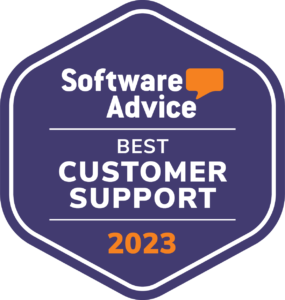What are Common Supply Chain Pain Points Distributors Can’t Ignore?

Managing a distribution supply chain can feel like a constant battle. With so many moving parts—suppliers, inventory, and logistics—distributors often find themselves stuck dealing with one crisis after another. But for those looking to grow and thrive, it’s essential to understand the common pain points and find practical ways to address them. In this article, we’ll break down the most pressing challenges and discuss how distributors can overcome them with the right strategies and technology.
1. Inaccurate Demand Forecasting
The inability to forecast demand accurately leads to overstock or stockouts, both of which negatively impact profitability. Advanced ERP such as Kechie ERP equipped with AI-driven forecasting capabilities can help distributors manage inventory more effectively.
2. Supplier Issues
Managing multiple suppliers can quickly become overwhelming, especially when performance varies. A well-integrated vendor relationship management system can help monitor supplier performance and ensure accountability.
3. Order Management Complexities
With orders coming from various sources—wholesalers, direct buyers, or online platforms—distributors face challenges in streamlining the order process. An automated ERP order management system reduces errors and boosts fulfillment efficiency.
4. Returns & RMAs
When returns aren’t handled smoothly, they can disrupt inventory levels and cause delays. An automated RMA process helps streamline return handling, improving warehouse efficiency and customer satisfaction.
5. Inefficient Inventory Control
The challenge of maintaining optimal stock levels continues to plague distributors. Investing in an ERP system like Kechie offers real-time inventory tracking helps to minimize human error and helps manage stock more efficiently.
6. High Logistics Costs
The rising cost of logistics—from fuel to labor shortages—creates ongoing pressure for distributors. Route optimization and transportation management systems can alleviate some of these challenges by improving efficiency and reducing costs.
7. Data Visibility
Without a clear picture of what’s happening in real-time, distributors are left making decisions reactively. A data-driven ERP system with reporting and analytics capabilities can offer transparency into every aspect of the supply chain.
8. CRM Challenges
Many distributors rely on disparate CRM systems that fail to communicate with other software. This disconnect can lead to inefficiencies and lost sales opportunities. Kechie ERP integrated with CRM functionality offers a comprehensive view of customer interactions.
9. Multiple Software Platforms
Distributors often find themselves using various applications to manage operations, leading to data silos and inefficiencies. Centralizing functions into a single ERP system can streamline operations and improve data flow.
10. Compliance Challenges
New regulations can throw a wrench in the smooth functioning of a supply chain. Distributors must remain compliant across all regions they serve. Automated compliance features in modern ERP systems can ensure timely adherence to ever-evolving laws.
Conclusion
To address these challenges effectively, distributors need a solution that integrates every aspect of their operations. Kechie ERP offers a robust platform that combines order management, inventory control, CRM, and compliance, empowering distributors to optimize their supply chain and drive sustainable growth.
Connect with us today, our expert team is here to guide you through the process and help you discover the transformative potential of our solutions.
Stay tuned for our series of insightful blogs—your roadmap to exploring the full potential of ERP.
In This Article
Supply Chain Common Pain Points
-Inaccurate Demand Forecasting
-Supplier Issues
-Order Management Complexities
-Returns & RMAs
-Inefficient Inventory Control
-High Logistics Costs
-Data Visibility
-CRM Challenges
-Multiple Software Platforms
-Compliance Challenges


